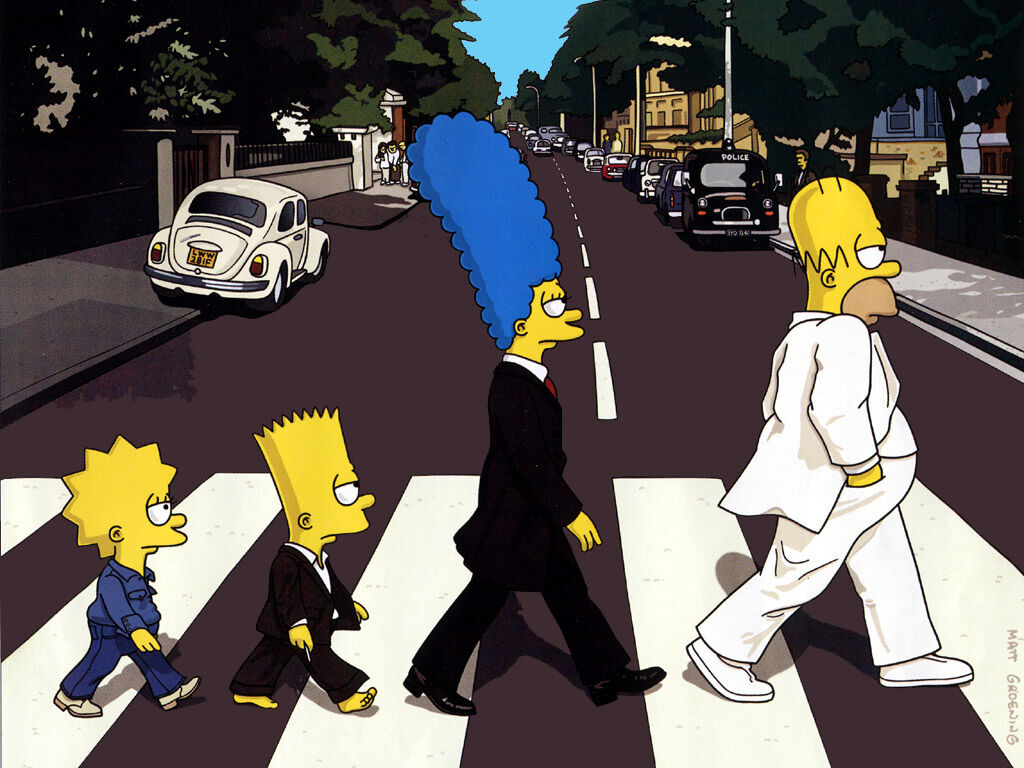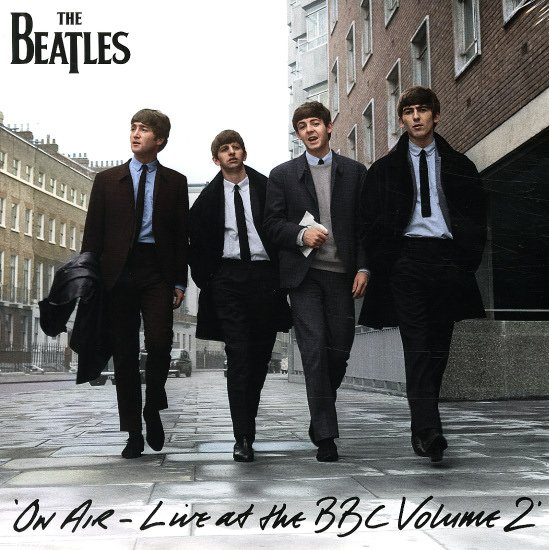The Beatles: from classic tuxedos to vibrant psychedelia
How the “Fantastic Four” influenced the transformation of music and style
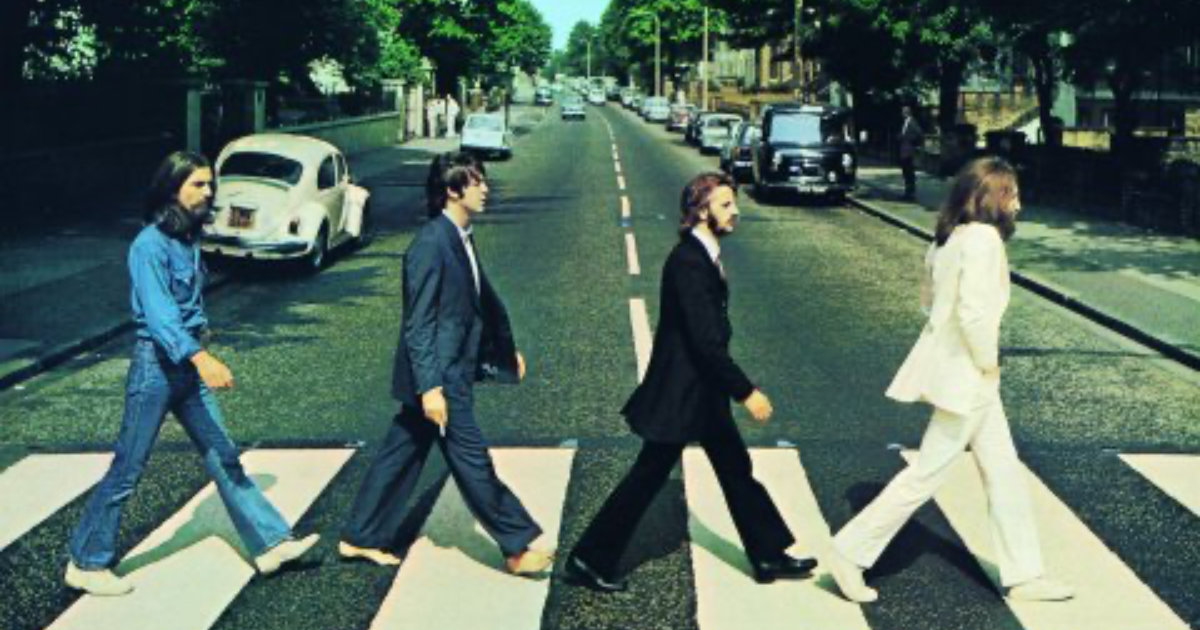
"Surely fans understand that we couldn’t go on forever doing the same thing over and over again!" – John Lennon, after The Beatles' breakup, in an interview with The Rolling Stone.
Even half a century later, this phrase remains relevant. The Beatles proved that music can do more than entertain – it can change society, create new meanings, and serve as inspiration and guidance for generations.
Source: The Rolling Stone
Made in Liverpool
John Lennon and Paul McCartney formed their first band while still in school – it was called The Quarrymen, named after the Quarry Bank Grammar School in Liverpool where they studied. Gaining popularity on local stages, the group renamed itself The Beatles in 1960.
Performing in the heart of Liverpool at the legendary Cavern Club, they met their first manager, Brian Epstein, the man who quite literally “dressed up” the young Liverpudlians for the big stage. Epstein became their guide into show business and the phenomenon that would soon be called Beatlemania.
The album Please Please Me – the beginning of the adventure. 1963.
Four young men stand on the balcony of the EMI recording studio headquarters. The album cover conveys a spirit of uplift and new adventure. Please Please Me album would conquer half the world with its bluesy notes and songs filled with youthful romance: “Twist and Shout”, “Do You Want to Know a Secret”, “I Saw Her Standing There” – the hits that, along with a new sound and rhythm, would become a breath of fresh, carefree, and lively air for post-war British youth.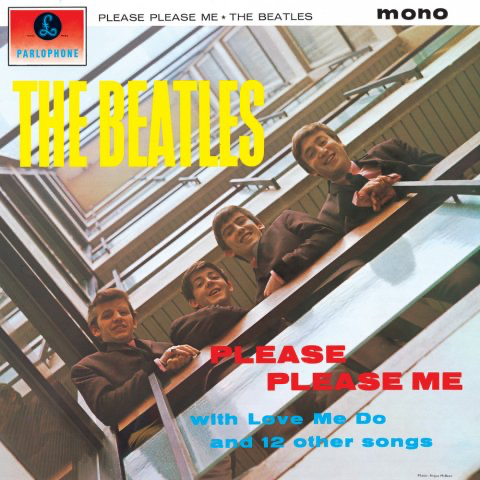
Among young people, the visual elements became a trend: the “Paul McCartney suit” – a fitted jacket with narrow lapels and a cropped length. The Beatles Boots – boots with a low Cuban heel and pointed toes. The mop-top haircut – neatly combed forward fringe with voluminous sides – a symbol of the new youth culture of 1963. Source: National Museums Liverpool
The early period of The Beatles' creativity would become a significant source of inspiration for pop groups like Arctic Monkeys, who, in interviews, have noted the influence of The Beatles. Later, Arctic Monkeys would perform a cover of “All My Loving” at Madison Square Garden’s concert. Source: The Rolling Stone
Searching for a new sound: 1965–1966
The period of albums such as “Beatles for Sale”, “Help!”, and “Rubber Soul” already shows the first signs of transition. The style of the album covers and the musicians' appearance would cement this perception. Smiles gradually give way to pensive gazes, and long, loose-fitting coats replace the suits.
Lyrics of naive romance and the search for love shift into reflection and are filled with themes of identity, meaning, and life orientation.
“Revolver” – the changes happened. 1966
The title hints that there are no longer the pleasant, easily understood “identical” guys. Now, there are different, interesting, uniquely bright personalities determined to create new meanings and bolder, sometimes unconventional, sounds.
The cover is a collage featuring elements of doodle art, an endless array of silhouettes, and a combination of photographs of the band members with varying moods. The “kaleidoscopic” design marks the beginning of the early psychedelic period.
The period of cultural and social upheaval of the 1960s, the birth of counterculture and anti-war movements, was inevitably reflected in the lyrics. Themes of peace and psychedelic rock originate on this album. Songs like “I Am Only Sleeping” and “Tomorrow Never Knows” would bring the album widespread attention.
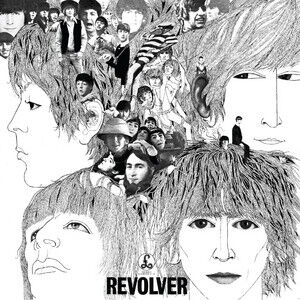
During this period, the band would completely stop touring and focus exclusively on studio work. Source: The Guardian
This period would influence Radiohead’s creativity, particularly their “OK Computer” album (1997), which serves as a natural continuation of the deep analysis of human nature touched upon in “Revolver”.
The multilayered sound and the beginning of Radiohead's experimental contemporary music genre were made possible largely thanks to “Revolver”.
Sgt. Pepper's Lonely Hearts Club Band and Magical Mystery Tour (1967)
The heyday of the hippie era and revolutionary ideas of creative and conscious freedom.
Bright, vibrant, and accentuated jackets, floor-length wide pants, long hair – there is no trace left of their matching suits. Everything bursts into bright colors. A distinct sense of the times and global change – the beginning of a new era.
The album would turn music into a separate "communication channel" long before it became mainstream. “Love is All We Need”, “Lucy in the Sky with Diamonds” – clear references to LSD. Filled not only with textual but also visual surrealism, the album would eclipse all previous works and become a source of inspiration for Pink Floyd and many other modern artists.
Roger Waters, composer and member of Pink Floyd, speaking about the creation of “The Dark Side of the Moon”, noted the undeniable influence of “Sgt. Pepper”:
"I learned from John Lennon and Paul McCartney and George Harrison that it was OK for us to write about our lives, and what we felt, and to express ourselves… That we could be free artists and that there was a value in that freedom. And there was”.
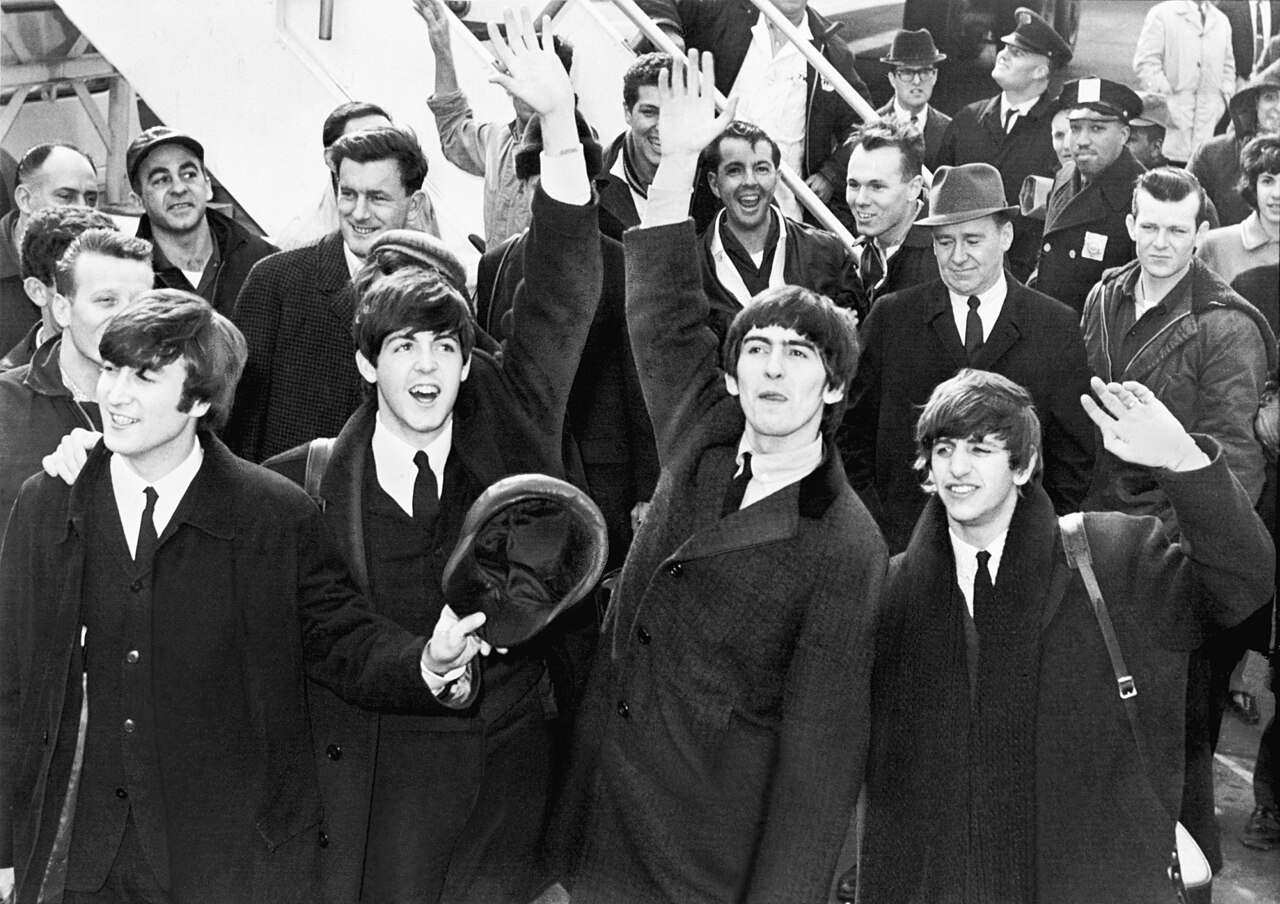
All roads led to Abbey Road and Let It Be (1969–1970)
The final notes. During this period, John Lennon experiments and seeks his own sound. He would be the first to leave the group. The symbolism is reflected on the “Abbey Road” cover: the musicians walk in different styles – George Harrison in a denim suit, barefoot Paul McCartney with a cigarette in hand, John Lennon in total white, contrasting Ringo Starr’s style.
The album’s concept consists of songs flowing smoothly from one to another, with themes of unity and reflection on the path traveled: “Come Together”, “Golden Slumbers”, “Here Comes the Sun”.
Simultaneously, work was underway on the “Let It Be” album. The last concert – the “Roof Top Concert” on the roof of Apple Corps – would become The Beatles' final performance. In 2021, the documentary “Get Back” would be released, dedicated to the album’s creation.
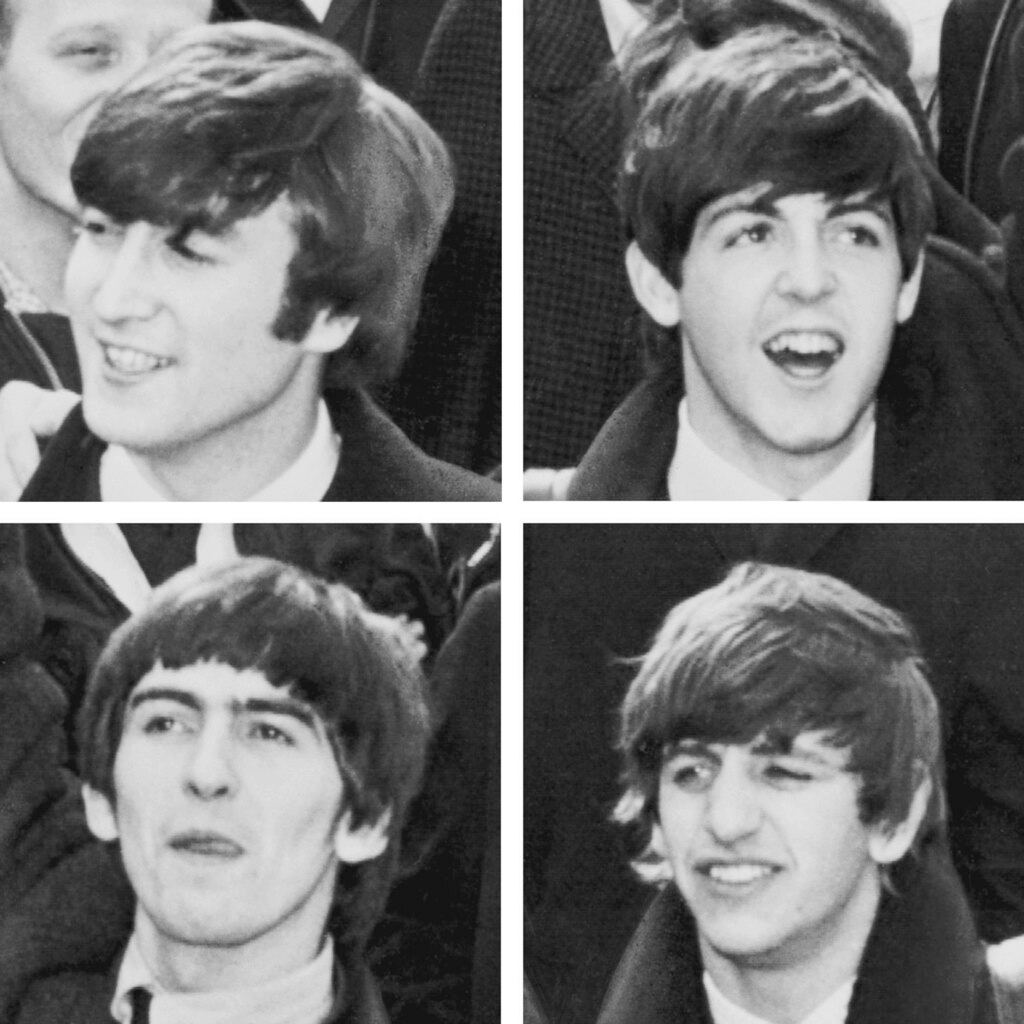
The compilation cover from the later period recreates the scene from the debut “Please Please Me” album – the very place where four young Liverpudlians began their journey. They bid farewell to move on to their solo careers, each embarking on a unique chapter.
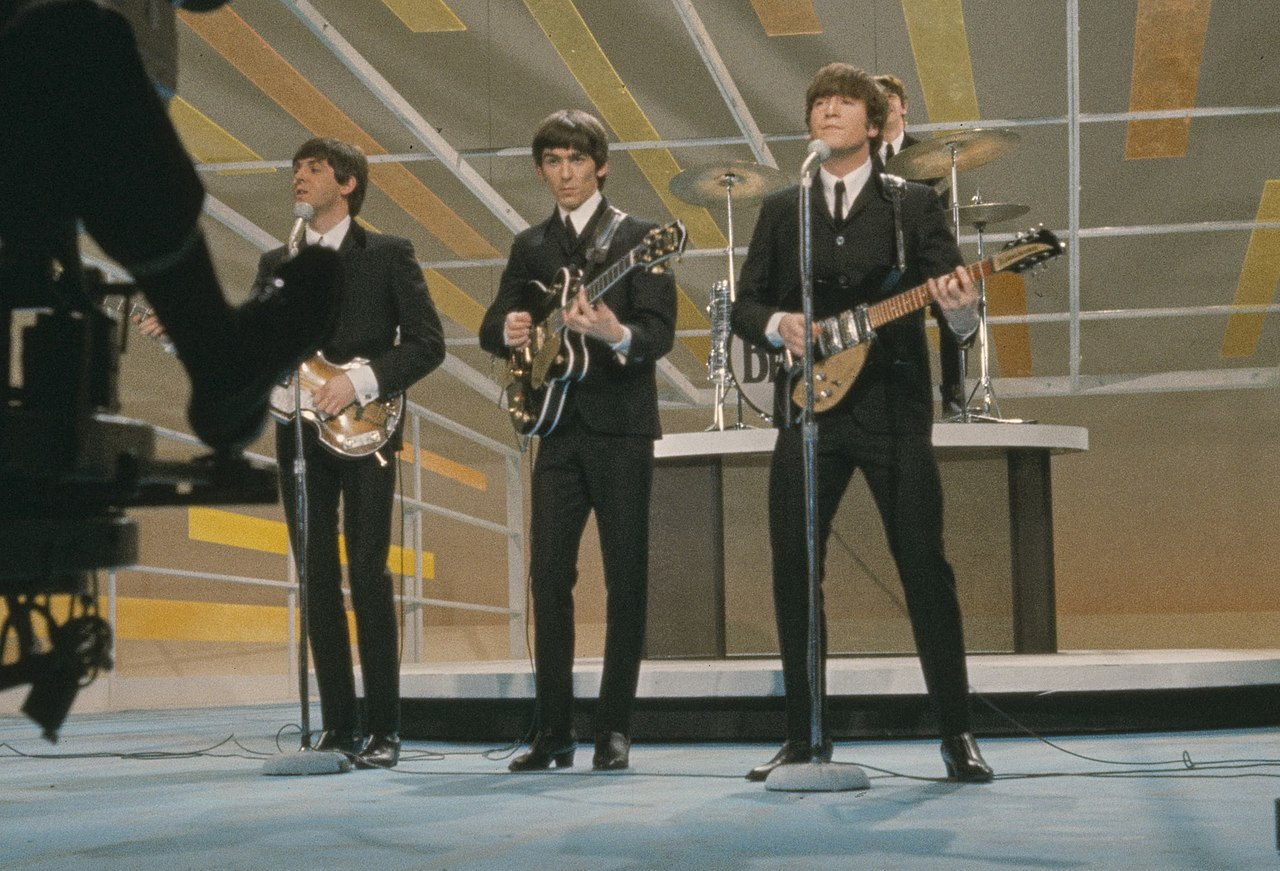
"They influenced everybody who influenced everybody else, who influenced everybody that came and went. Their influence is absolute. I don’t know a single guy playing the guitar or writing songs that wouldn’t cite the Beatles as an influence."
– Noel Gallagher, lead singer of Oasis. Source: NME
The Beatles’ later period, especially John Lennon’s solo work, influenced Oasis heavily. For example, the song “Supersonic” contains the line “She’s into Alka-Seltzer”, echoing Lennon’s lyrics. The musical style and arrangements of some Oasis tracks reflect psychedelic motifs. The song “Don’t Look Back in Anger” includes elements reminiscent of Lennon’s “Imagine”. Source: Far Out Magazine
Visual remakes and tributes to the band’s final creative period appear in the animated series The Simpsons, while Red Hot Chili Peppers made a remake of their own “Abbey Road EP”.